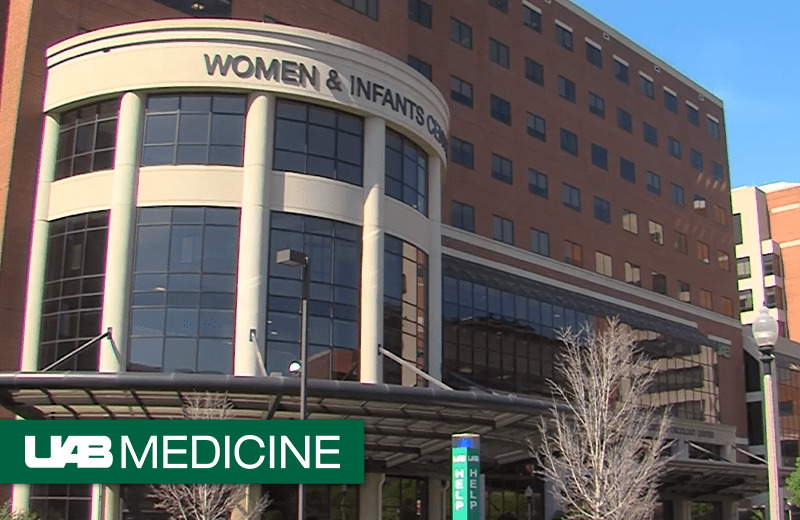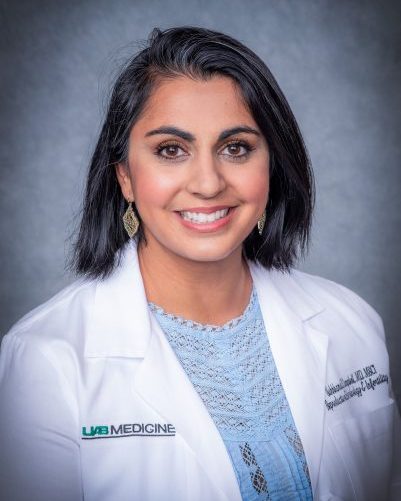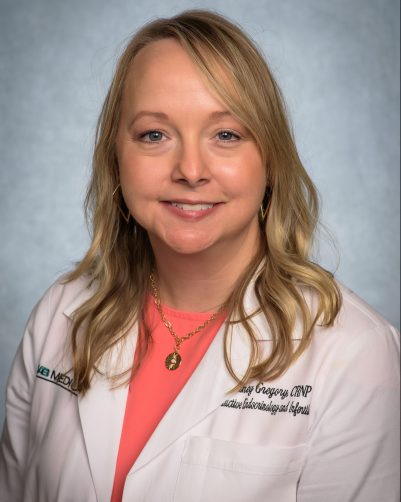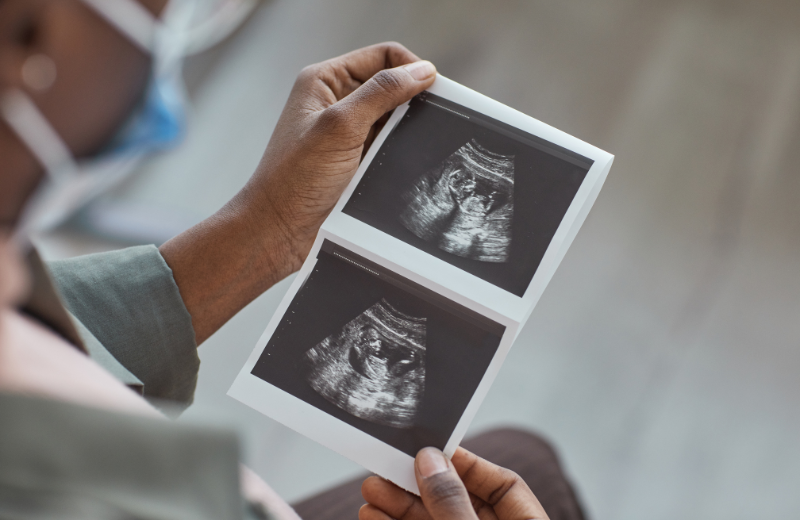Patients
View important updates for patients about the Alabama Supreme Court’s ruling that caused UAB to pause in vitro fertilization (IVF) treatments that involve egg fertilization or embryo development.
Infertility is the inability to become pregnant. It can have many causes, both physical and emotional, and can occur because of problems in the woman, man, or both. It is grouped into two categories: primary infertility, which refers to couples who have not become pregnant after at least one year of unprotected intercourse; and secondary infertility, which refers to couples who have been pregnant at least once but are not able to get pregnant now. A woman’s peak fertility occurs in her early 20s. After age 35, the chance that a woman can get pregnant drops considerably. Doctors treat infertility depending on the woman’s age and the cause.
UAB Medicine’s nationally recognized physicians have years of experience in diagnosing and treating both male and female infertility. We treat infertility with a team approach that includes a urologist, a reproductive endocrinologist, specialized nurses, and laboratory scientists. A variety of conventional treatments are available, including corrective microsurgery. For those who do not have a condition that can be treated, procedures such as intrauterine insemination or in vitro fertilization (IVF) may be used to help a couple get pregnant. Our fertility experts will determine a treatment plan that is best suited for each individual man and his partner. As a major center for research, UAB Medicine continues to investigate new advances in fertility treatment aimed at increasing the chances of conceiving healthy babies.
Care Providers
Videos



Resources
- UAB Department of Obstetrics and Gynecology
- National Institutes of Health – Infertility and Fertility
- UAB Division of Reproductive Endocrinology and Infertility Services
- IVF: Step by step
Related Specialties
Clinical Trials
Speak to your physician about your options and browse the link below for more information
Latest News
View All News-
Hope and resilience: Two mothers from two different countries fight for one baby’s life
May 6, 2025
-
Cassell family donates $1 million to establish Bidirectional Cassell Family Training Program
February 13, 2025
-
Heartfelt homecoming: NICU families unite to thank UAB care team
December 19, 2024
-
UAB Hospital continues to be the best hospital in Alabama, Birmingham metro, according to U.S. News & World Report
July 16, 2024
-
UAB’s Porrett awarded R01 grant from the NIH for uterine transplantation research
July 15, 2024










